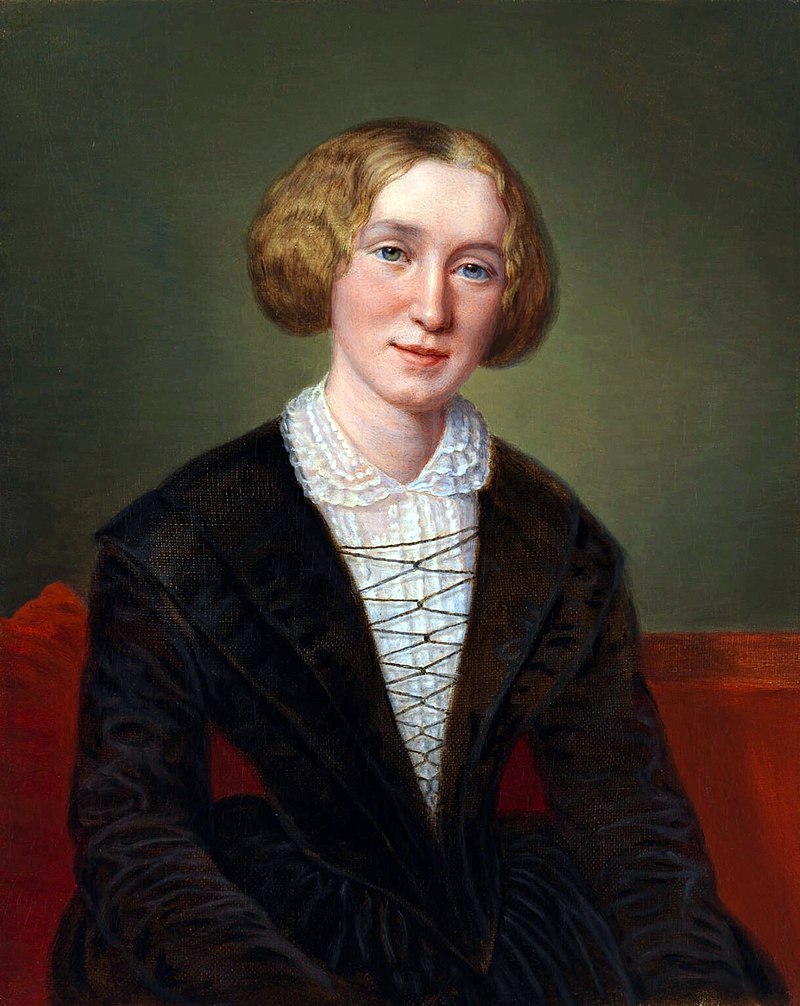Unveiling the Veil: Authors Who Wrote Under Pseudonyms

As an Amazon Associate I earn from qualifying purchases.
In the vast expanse of literary history, there exists a captivating subset of authors who have chosen to cloak themselves in pseudonyms, weaving their tales under names distinct from their own. From the Victorian era to the digital age, the tradition of adopting alternate identities has persisted, serving as a conduit for creative expression, social commentary, and personal privacy.
These authors, whether driven by societal constraints, artistic exploration, or a desire for anonymity, have left an indelible mark on literature, challenging conventions and captivating readers with their enigmatic personas. In this exploration of authors who wrote under pseudonyms, we delve into the fascinating stories behind these literary masks, uncovering the motivations and mysteries that lie beneath the surface of some of the most beloved works in literary history.

George Eliot: The Pen Behind the Pseudonym
One of the most famous instances of an author writing under a pseudonym is Mary Ann Evans, better known by her pen name, George Eliot. In the 19th century, societal norms dictated that women’s writing was less serious than that of men. To ensure her work was taken seriously, Evans adopted a male pseudonym. Under the guise of George Eliot, she produced masterpieces such as “Middlemarch” and “The Mill on the Floss,” which are now celebrated as some of the greatest works of English literature.

The Brontë Sisters: Currer, Ellis, and Acton Bell
The Brontë sisters—Charlotte, Emily, and Anne—opted for male pseudonyms to conceal their gender in the male-dominated literary world of the 19th century. Charlotte wrote as Currer Bell, Emily as Ellis Bell, and Anne as Acton Bell. Their decision to use androgynous pseudonyms allowed them to publish their novels without prejudice, giving rise to classics like Charlotte’s “Jane Eyre,” Emily’s “Wuthering Heights,” and Anne’s “The Tenant of Wildfell Hall.”

Dr. Seuss: The Whimsical Alias
The beloved children’s author Theodor Seuss Geisel adopted the pseudonym Dr. Seuss to maintain his position as editor-in-chief of Dartmouth College’s humor magazine while secretly contributing cartoons. His whimsical pen name later became synonymous with his iconic stories such as “The Cat in the Hat” and “Green Eggs and Ham,” enchanting generations of young readers with his playful language and imaginative illustrations.

National Press club Wash D.C. 1999
Image taken by David Shankbone in 2003 and is available on Wikimedia Commons.
J.K. Rowling: Robert Galbraith’s Mystery
Even after achieving unparalleled success with the “Harry Potter” series, J.K. Rowling chose to adopt the pseudonym Robert Galbraith for her foray into adult fiction. Writing crime novels allowed her to explore a different genre without the weight of her established reputation. The revelation of Rowling’s true identity as the author of the Cormoran Strike series created a stir in the literary world, highlighting the enduring intrigue surrounding pseudonyms.

Elena Ferrante: The Enigmatic Enigma
Elena Ferrante, the pseudonymous Italian author of the Neapolitan Novels, has captivated readers and critics with her gripping storytelling and elusive identity. Ferrante’s decision to remain anonymous has sparked widespread speculation, adding an extra layer of mystery to her works. Despite the anonymity, Ferrante’s novels, including “My Brilliant Friend,” have garnered international acclaim, proving that a compelling narrative transcends the need for a recognizable authorial persona.
Authors who write under pseudonyms navigate a complex interplay of identity, creativity, and societal expectations. Whether concealing their gender, exploring new genres, or preserving their privacy, pseudonyms offer writers a myriad of possibilities. From the Brontë sisters challenging Victorian conventions to modern authors like J.K. Rowling embracing alternate identities, the tradition of pseudonymity continues to shape the literary landscape, reminding us that sometimes, the most compelling stories are those shrouded in mystery.
Amazon and the Amazon logo are trademarks of Amazon.com, Inc, or its affiliates.









